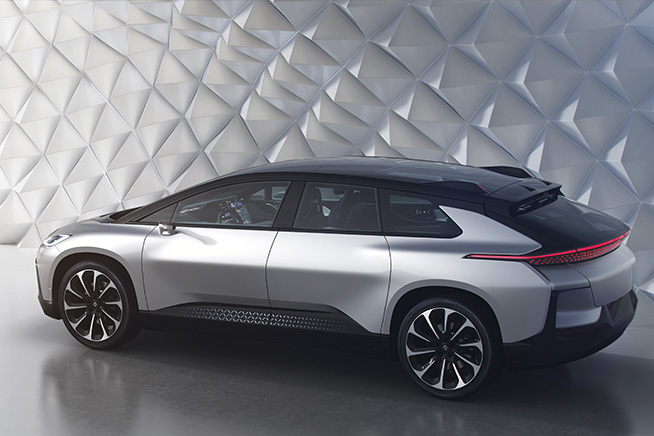Vehicles, with or without drivers, are already able to share information with each other thanks to a Wi-Fi system developed by a team of Swiss scientists
A team of researchers at EPFL (École Polytechnique Fédérale de Lausanne) has developed an algorithm for self-driving vehicles that can operate in traffic alongside “traditionally” driven cars. This is a key step on the path to autonomous driving, which is expected to happen by 2030.
One thing is certain: one day our cars will drive themselves. But the Swiss team wondered how to make the transition from today’s few autonomous and connected vehicles to a true intelligent system offering advanced safety, comfort and reliable operation in just 15 years. Researchers in the European AutoNet2030 project are convinced that the “finish line” can be achieved through the combination of assisted driving technologies and communication between vehicles. And they have recently demonstrated that cars – with or without drivers – are able to move at high speeds in traffic, on multi-lane roads, autonomously and in real-world conditions. All thanks to a control algorithm that manages maneuvers by exchanging information.
More safety on the roads?
Vehicles now have a Wi-Fi-based protocol that allows them to exchange information. This technology, combined with a host of devices behind assisted driving – such as GPS, lasers, cameras and various sensors – allows cars to drive without anyone behind the wheel. The aim of the EPFL researchers is to make self-driving cars safer, and to achieve this goal the communication system must be extended to all vehicles, with or without a driver, to avoid unpleasant surprises. They, therefore, put their system to the test on three vehicles, including a self-driving truck and two regular cars, and ran them on a public road as if they were a separate unit. The vehicles – working as a team and with the help of a large number of sensors – were able to anticipate the movements of other cars, making lane changes safer.
(taken from YouTube)
Self-driving convoy
The vehicles – according to the scheme proposed by Lausanne Polytechnic – can travel together as a convoy where no one plays the role of “leader.” Exactly the opposite: they work in groups with other vehicles in the immediate vicinity, sharing incoming information from GPS, laser, camera and others from the sensor via Wi-Fi. Ogni veicolo, in questo modo, può trarre vantaggio dagli “occhi” del suo vicino di “strada”, ricevere dati su eventuali situazioni di pericolo per meglio coordinare i suoi movimenti. Il sistema, come accennato, è gestito da speciali algoritmi che permettono alle vetture «di collaborare e comportarsi come un gruppo anche complesso» spiega il ricercatore svizzero Alcherio Martinoli. Questa abilità consente al convoglio di riorganizzarsi in qualsiasi momento e adattarsi quando altri veicoli si uniscono al gruppo, cambiano corsia o escono. «Quando un veicolo vuole unirsi a un gruppo, invia uno speciale messaggio e gli altri si riorganizzano di conseguenza per fargli spazio» tiene a precisare Guillaume Jornod, un altro ricercatore del progetto. «È vero che un esperimento con solo tre vetture non è molto» conclude Martinoli «ma per la prima volta siamo stati in grado di confermare quello che avevamo ottenuto solo tramite simulazioni al computer». C’è quindi da sperare che, con l’aumento della domanda da parte delle case automobilistiche, saremo in grado di migliorare questo sistema di convoglio a più corsie, si augura Martinoli.
 Fonte foto: Faraday
Fonte foto: Faraday
Faraday ha presentato al CES 2017 un’auto elettrica con un’autonomia di oltre 400 chilometri. Premi sull’immagine per scoprire come è fatta
Alcuni video presenti in questa sezione sono stati presi da internet, quindi valutati di pubblico dominio. Se i soggetti presenti in questi video o gli autori avessero qualcosa in contrario alla pubblicazione, basterà fare richiesta di rimozione inviando una mail a: [email protected]. Provvederemo alla cancellazione del video nel minor tempo possibile.